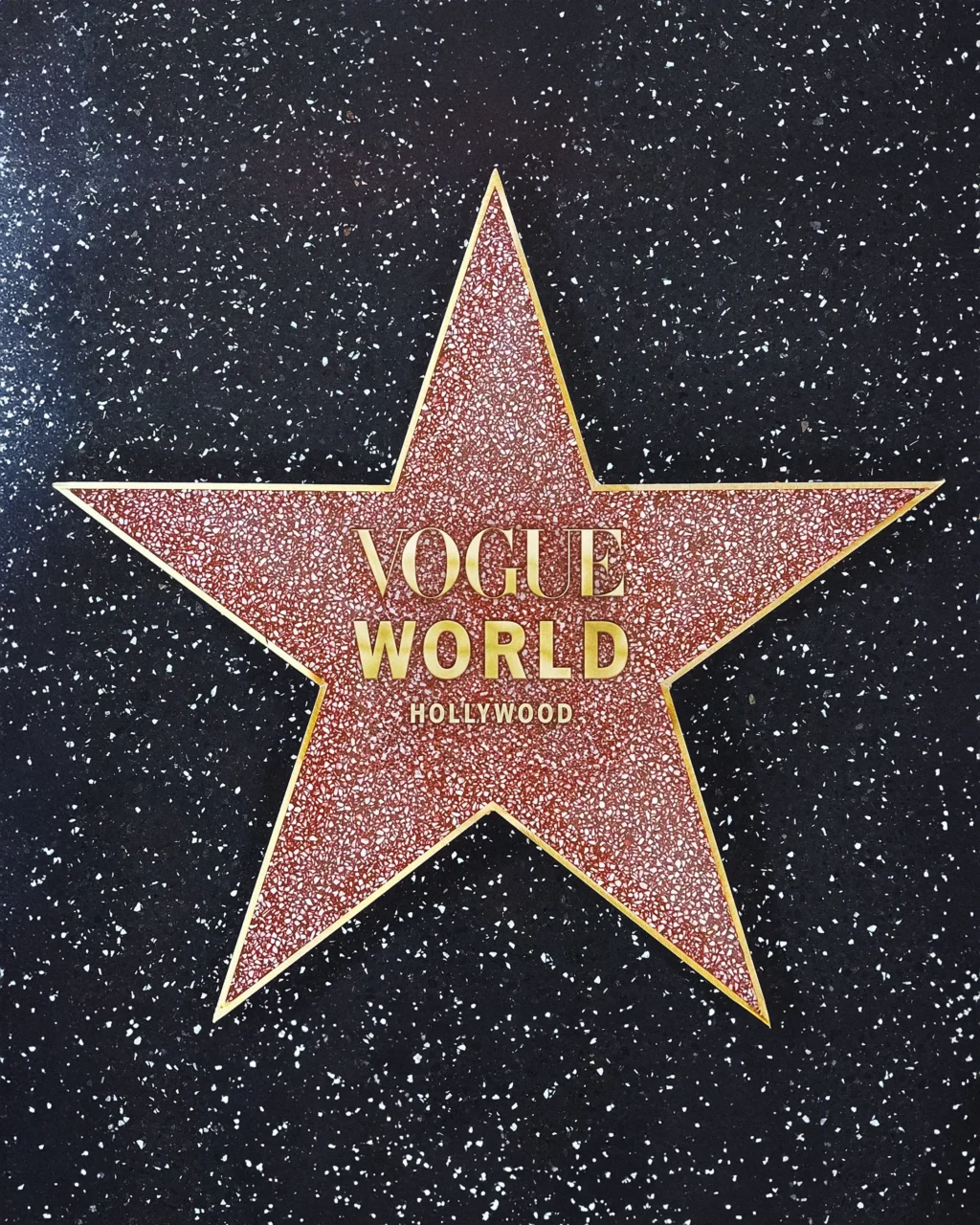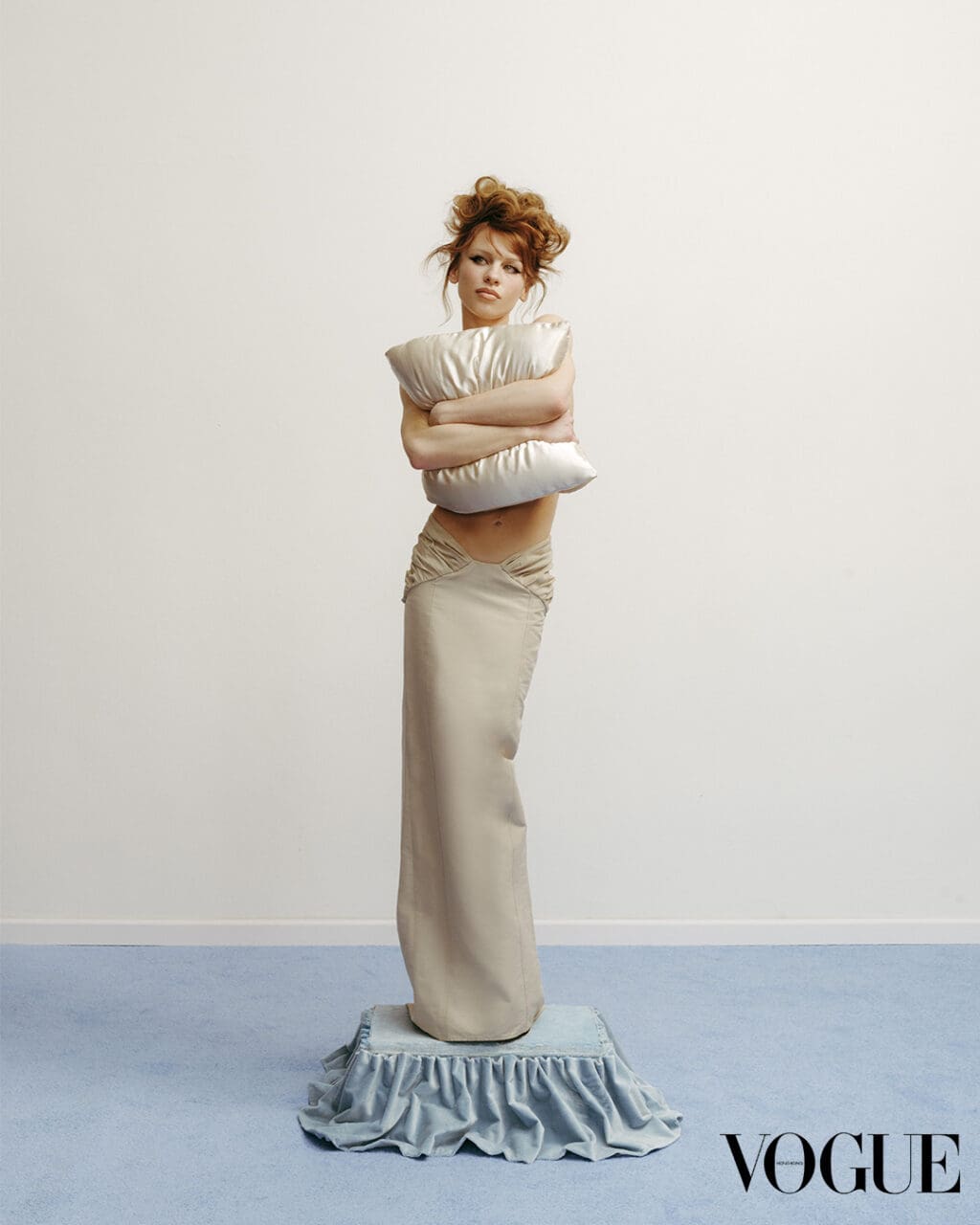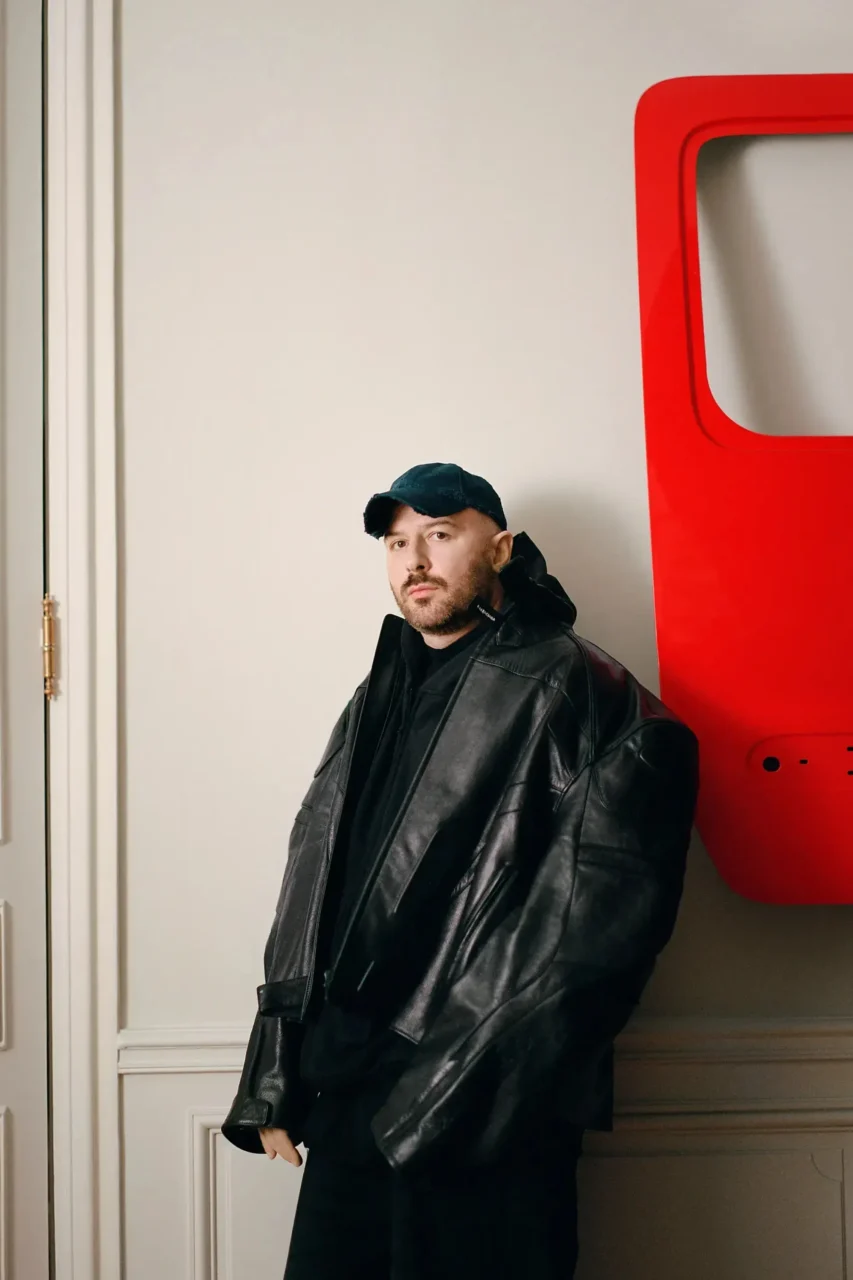Phyllis Chan and Suzzie Chung are longtime friends who live together in Kowloon, the pulsing heart of Hong Kong. Though Chung has passed her whole life in the port city, having studied fashion design at Hong Kong PolyU, Chan has only just returned from New York, where she spent years as the director of knitwear at Rag & Bone. “No one prepares you for being homesick, it kind of creeps up on you,” she says of the longing she felt for her hometown. “I kind of decided that if I wasn’t going to find my dream job in Hong Kong, I would just have to make my own.”
Enter YanYan, a new knitwear line the pair launched this week. YanYan, which means “everyone” in Cantonese, is both an expression of their decades-long friendship and the essence of daily life in Hong Kong. “Hong Kong is a very fast-paced city and changes very quickly, sometimes very quick to be out with the old,” says Chung. “Right now there is a strong trend for people in Hong Kong to explore nostalgia as a reaction to this.” Their first 27-piece capsule, previewed exclusively in the images here, possesses the same sentimentality that drew Chan back home, but the duo are not stuck in the past. They are driven by the same desire to explore and update their traditional dress codes that has gripped so many of their peers.
Thus one sees the pineapple button knots closely associated with the “kung fu jacket,” twisted from pale yellow yarn and sewn onto a muted blue and green color-blocked cardigan that evokes old Benetton in the best way. To add a personal element to the offering, Chan and Chung dove into their family archives and found heartfelt inspiration in old photographs of their grandmothers. “They taught us to embrace our own individual sense of style, to be fearless and wear what makes us happy,” Chung says. YanYan’s ivory wool twinsets, sprigged with microflorals, are a direct nod to the classic maa maa’s uniform. “There’s been an uptrend in the iconic ‘Chinese waitress’ dress in the West,” Chan adds, “but Chinese clothing isn’t just this one thing.”
Slow fashion also plays a central role in their seasonal, direct-to-consumer brand, which makes it a local peculiarity. As a manufacturing capital, Hong Kong factories are generally designed to produce at top speed and efficiency; creativity, let alone sustainability, are not of particular value. That’s something YanYan is fighting to change. “We have so much identity and culture here as a city that we should be proud to share, and I’m constantly rediscovering things about my own heritage that inspire my work,” Chan says.
Here, Chan and Chung speak more on YanYan and the unique rhythms of Hong Kong.
What is it like being based in Hong Kong as a designer, and how has the city inspired or affected your work?
Chung: Most of the design-related companies in Hong Kong are subsidiaries or suppliers/manufacturers of European and American brands. The company culture here is to work as seamlessly and invisibly as possible, troubleshooting issues with factories and keeping clear communication with clients usually despite time differences. We’re a service-driven community, so there’s a lot of pressure to be accommodating and efficient. This has taught me to be flexible in problem solving and always consider possible roadblocks ahead. However, it’s also a system that burns people out easily and it’s not a system that rewards individuality. Your creativity is treated as a tool for other people. As a designer I wanted to take back control of my creativity.
Hong Kong is a very fast paced city and changes very quickly, sometimes very quick to be out with the old. Right now there is a strong trend for people in Hong Kong to explore nostalgia as a reaction to this. All of this has been a great influence in establishing our company values (implementing more thoughtful practices) and aesthetics (exploring our heritage in a modern way).
Chan: I really agree with what Suzzie says here, as someone who’s worked with a lot of Hong Kong manufacturers across the years, I’ve noticed that being a designer in Hong Kong is a kind of thankless job. So much design is outsourced here, but the talent is not really given the credit. They concept, design, source, develop beautiful product, and it’s sold to companies around the world under someone else’s name.
We have so much identity and culture here as a city that we should be proud to share, and I’m constantly rediscovering things about my own heritage that inspire my work.
Phyllis, what was it like moving back to Hong Kong after living and working in the U.S. for so many years? Do you feel your perspectives changed in any way?
Chan: When I moved back to the States for college in 2004 (I attended RISD from 2004–2008), I thought I would never move back to Hong Kong. As a teenager, I had interned at one of the bigger local designer companies, and was convinced that any kind of good design job wasn’t going to be found here [in Hong Kong]. I moved to New York immediately after college, having interned for Rag & Bone the winter of 2007 to 2008, and getting hired upon graduation. Everything in New York felt strange and familiar at the same time. It was easy to love New York. Rag & Bone was a wonderful place to work at. We were all in the trenches together!
But no one prepares you for being homesick. It kind of creeps up on you, and at first it’s pretty easy to brush aside. I was incredibly lucky that I could see my family when I traveled for work, and I would come back for Rag & Bone every year, and eventually after my mom got sick, every other month, until one day I realized I was burnt out. For the first time in 14 years I wanted to stay indefinitely (laughs). I kind of decided that if I wasn’t going to find my dream job in Hong Kong, I would just have to make my own.
I love this quote: “Our grandmothers taught us to embrace our own individual sense of style, to be fearless and wear what makes us happy.” Please tell me more about your grandmothers. Where did they live, how did they dress, what do you remember about their style? What did they teach you, what did you take away?
Chan: My father’s mother was the third (and youngest) wife of a big family, so she shared a lot of stories about growing up, the ancestral home, and our ancestral hometown of Chaozhou. She loved subtle prints and beaded designs, matching cardigan-top twinsets, and left me a lot of her clothing and cheongsams from the ’70s, ’80s, ’90s. She smiled and laughed a lot, which made her always feel very youthful to me. Both my grandmothers escaped the war and moved to Hong Kong to build a better home for their families, which I always thought was incredible.
Chung: My mother’s mother was a war refugee and married my grandfather when she moved to Hong Kong. He died when my mom was young (the fourth of six children) and they were very poor, so my grandmother was very frugal and took multiple odd jobs to support her children and extended family. She set a great example for our family, to be frugal, but generous to others, and to face adversity with determination. Like a lot of older ladies in Hong Kong, she liked to wear twinsets in fun prints, like floral, paisley and polka dots, usually with a bit of shimmer. She was also a very active person, so she would mix in sportswear, like tracksuits and windbreakers. Knitting was a great hobby of hers, so I think it’s kind of full circle that I co-founded a knitwear company.
Chan: My grandma always knitted and crocheted too! (laughs)
Could you break down some of the traditional Chinese design elements you’ve used in your collection? In what ways are you reinterpreting Chinese dress in a modern way?
Chan: There were two key items we wanted to reinterpret in our capsule, the cheongsam and the kung fu jacket. There’s been an uptrend in the iconic “Chinese waitress” dress in the West, but Chinese clothing isn’t just this one thing. We wanted to play with classic details like the pineapple button knots and reinterpret the classic silhouette of the high necks and the longer lengths and the keyholes. Our goal was to evoke the feeling and the romance of these styles without being literal.
Chung: Chinese people use a lot of bright colors during festivals, like bright red, jade green, and gold. We wanted our collection to be bright and cheerful like a celebration.
Could tell me about any differences between Chinese clothing and fashion traditions in Hong Kong as opposed to mainland China? Is there anything unique to Hong Kong reflected in your work for YanYan?
Chung: Actually this is a really interesting question. Hong Kong is really hot at least two-thirds of the year, and it rains pretty often. It’s very urban (you usually walk or take the subway), so the fashion here is pretty casual and practical. Everyone loves windbreakers. Growing up in the ’90s and early ’00s, the key trend players in Hong Kong were Japanese and European. Fashion kids in Hong Kong are really well versed in their Japanese fashion. In the last 10 years, the Korean fashion trend has been pretty big here too. I’d say the Hong Kong aesthetic is a lot more casual and minimal than China.
Chan: There are a lot of retailers in Hong Kong that cater to mainland business specifically, and they carry a lot more color and print and embellishment. China also has more seasons, so heavier outerwear and knitwear is more popular there. Knitwear isn’t really popular in Hong Kong because of the temperature. I had a lot of success designing knitwear for our warm door markets at Rag & Bone, so I really wanted to push the idea that knitwear can be appropriate for any weather.
Please tell me about the significance of the name YanYan and its meaning, Everyone.
Chan: When we were naming our company, we knew we wanted to have a logo and a name that reflected both our Chinese/Cantonese heritage and our upbringing of being something caught between the “East” and the “West.” We loved that when you flip YY around it becomes 人人, and yanyan is how we pronounce these two characters in Cantonese.
Chung: The primary local dialect in Hong Kong is Cantonese, so we were brought up to speak Cantonese by our family. The concept of “everyone” comes from our experience working in larger companies and mass. Sometimes it moves so quickly, it’s hard to take time to think about the processes and how it affects people, from the designers, to the factories, to the connection with our customers. We want to be thoughtful about people.
Chan: The idea of “everyone” is pretty multi-faceted. A lot of people our age want high-quality, fun, novelty product, and are willing to invest, but so much of what is out there is either really expensive or too cheap or poor quality. As a smaller company, with a focus on direct to consumer, we are able to use materials and techniques that would otherwise retail for more at a bigger company. We hope that this model will allow us to push our materials and techniques further as we grow.
Chung: We also wanted to take control of our design and production calendar—we show new product every few months, but produce in small batches, and design with the season/weather in mind. It’s an experiment that we hope will work. We’re just your average Joe(anna)s that wanted to start a company that makes nice things on our own terms—we don’t have big investors and we don’t have a lot of money, so we tried to be as economically and environmentally sound as we could.
You say knitwear hadn’t really been used much in Chinese dress. Did it exist in any forms in Chinese traditional dress? Why was it never really used in the past?
Chung: I think the closest thing we have in Chinese crafts is our culture of decorative knots. It’s a folk art we’ve had for hundreds of years and is still popular today. Each technique and knot has its own meaning and representation, and is used as buttons, or charms or closures.
Chan: There’s a lot of amazing Chinese craft that’s similar to knitting and crocheting, like our traditions in knotting, embroidery, and weaving. But the knitting industry was really introduced into Hong Kong and China through manufacturing and catering to the West. It was an industry (and a craft) that Chinese workers picked up quick. A lot of knitwear was made in Hong Kong in the ’60s, ’70s, ’80s, but most of these factories have moved mainland China.
The industry has changed so much even in the past 10 years, with a lot of techniques like intarsia, crochet, hand knit, and flat bed knitting being less common and more expensive, and bigger companies moving their manufacturing to places that are cheaper to produce. Our city and our country has invested so much into this industry, we wanted to contribute our part in sustaining it.
Originally published on Vogue.
Editor
Monica Kim












